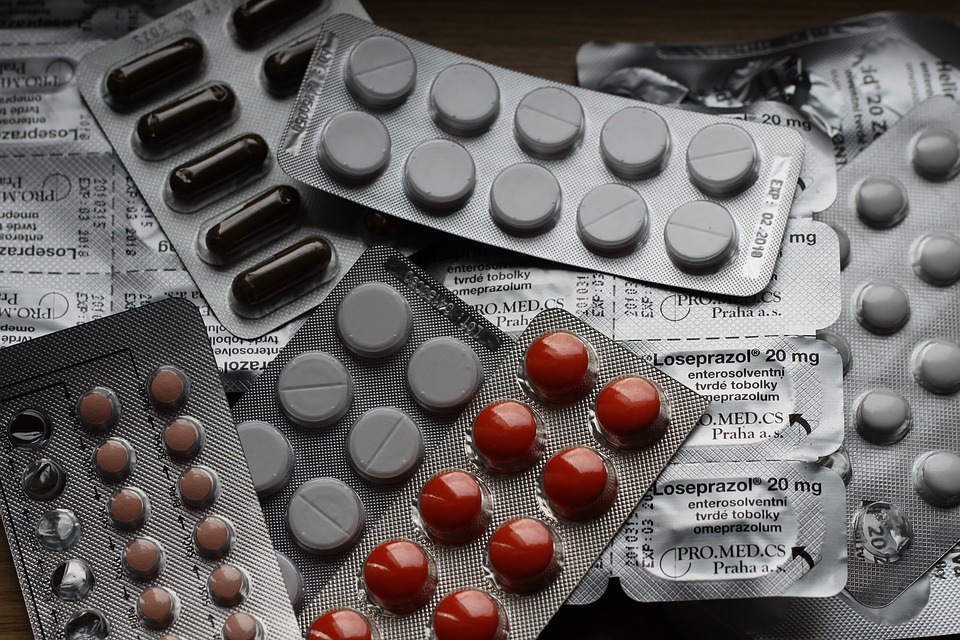In October of 2016, the Food and Drug Administration (FDA) in the United States made a direct plea for more funding, in order to better protect Americans from growing healthcare threats. While the FDA governs several food and drug issues, including enforcing standards and prosecution for offending manufacturers who put public health at risk, the agency has a daunting job controlling both domestically produced consumer products and imports.
One of the growing concerns is the prevalence of illegal “online pharmacies” that provide affordable drugs to Americans. While it is known that the cost of prescription drugs is highest in the United States compared to other developed nations, it is the expense of pharmaceuticals that are driving the demand for black market and illegal prescriptions, purchased by foreign manufacturers and independent compounders.
The problem of counterfeit drugs is so widespread that you may be receiving them unknowingly through your local independent pharmacy; defective drug cases are a problem from local independent pharmacies to owned retail chains and outlets. It is important for consumers to be aware of key indicators that may imply a counterfeit drug, how to report a suspicion, and most importantly, how to protect their health against the effect of artificial or illegal pharmaceuticals.

The Black Market and Counterfeit Drugs
The Pharmaceutical Safety Institute (PSI) revealed, in a recent study, that prescription medications that impact metabolic functions have the highest rate of international and domestic counterfeiting. The international security team at INTERPOL operates a special program called “Operation Pangea,” which is used to track down counterfeit drug manufacturers and distributors worldwide.
Operation Pangea seized over 2.4 million counterfeit prescription medications in 2011, but by 2015, the number of counterfeit drug seizures had increased to 20.7 million pills and capsules, indicating the rapid acceleration of the problem with defective or artificial drugs. It is estimated that the counterfeit prescription drug global industry is worth over $100 billion dollars per year.
The World Health Organization (WHO) revealed that the following drugs were popular targets by organized crime syndicates, who manufacture counterfeit versions of some of the most demanded prescription medications. The six most common derivatives include:
- Ativan (for the treatment of anxiety)
- Lipitor (for the treatment of high cholesterol)
- Ambien (an insomnia medication)
- Xanax (a popular anti-depressant)
- Lexapro (an anti-anxiety medication)
- Zyprexa (an anti-psychotic medication)
In addition to the six most counterfeited drugs that are sold to Americans, or imported to the United States through illegal methods and online pharmacies, common drugs for the treatment of Type I and Type II diabetes are also listed as “at high risk” of counterfeiting, due to the volume and demand for drugs like Metformin.
In terms of the prevalence and widespread problem of counterfeit drugs, a recent investigation by the journalistic team at “60 Minutes” reported that 40 percent of drugs taken in the United States are manufactured in other countries, and 80 percent of other drugs have active ingredients that are imported and compounded in other countries, including Asia and India. In the investigation, 60 Minutes reported one manufacturer in Peru who was substituting active pharmaceutical ingredients for highway paint, floor wax, boric acid, and other hazardous chemicals.
What Happens to Expired Drugs in America?
Is it possible that expired medications are being re-sold to the public? Each pharmacy in the United States must be compliant to both federal and state laws, regarding the safe dispensing of medications. These laws also apply to how a pharmacy is required by law to accept expired medications and dispose of them in a safe manner. In a perfect world, every business and individual would simply “follow the law,” particularly when the health and lives of other people are at risk through negligence and non-compliance.
Another health risk involves patients who continue to use expired medications. To save on the expense of filling a new prescription, some patients may continue to “use what they have” at home, even though the medication has expired. For many medications, the risk may be minimal if the medication is a low dose or one that is not used for a life-threatening chronic condition.However, for other health conditions, the results can create a catastrophic health emergency that can result in the exacerbation of existing conditions and even death.
The problem is that most Americans infinitely trust the pharmacy where their drugs are dispensed. The second security flaw that fails to protect consumers from counterfeit medications is the checking of the product by pharmacists, including spot checking to insure the consistency of active ingredients in the medications they are dispensing. Busy pharmacists trust a validated supply chain of prescription medications that they resell, and do not always have the time or resources to engage in periodic quality control spot checks of prescription drugs.
What Can Consumers Do to Protect Themselves from Counterfeit Drugs?
Become familiar with the types of prescription drugs that you take. The size, color, and shape of your medication can be looked up online, using a counterfeit checker like the one provided by the U.S. Pharmacopeial Convention, which is an online database of prescription medications. Consumers can watch this video to learn how to check medications at home for authenticity.
